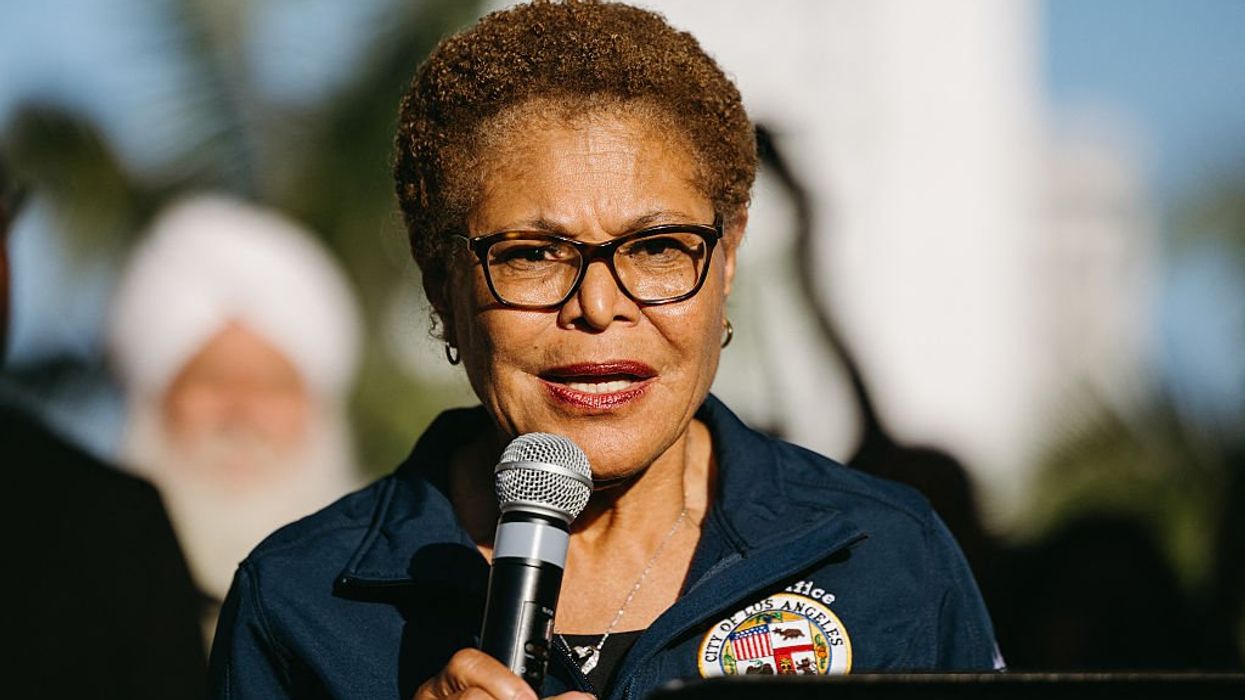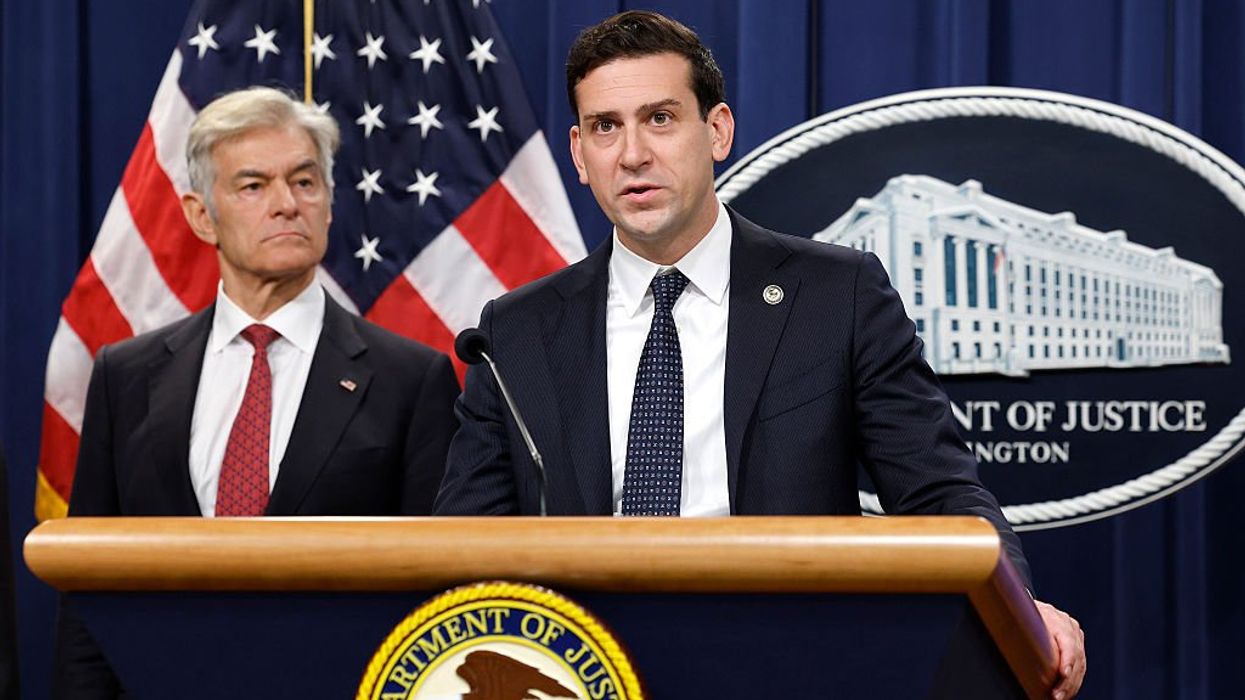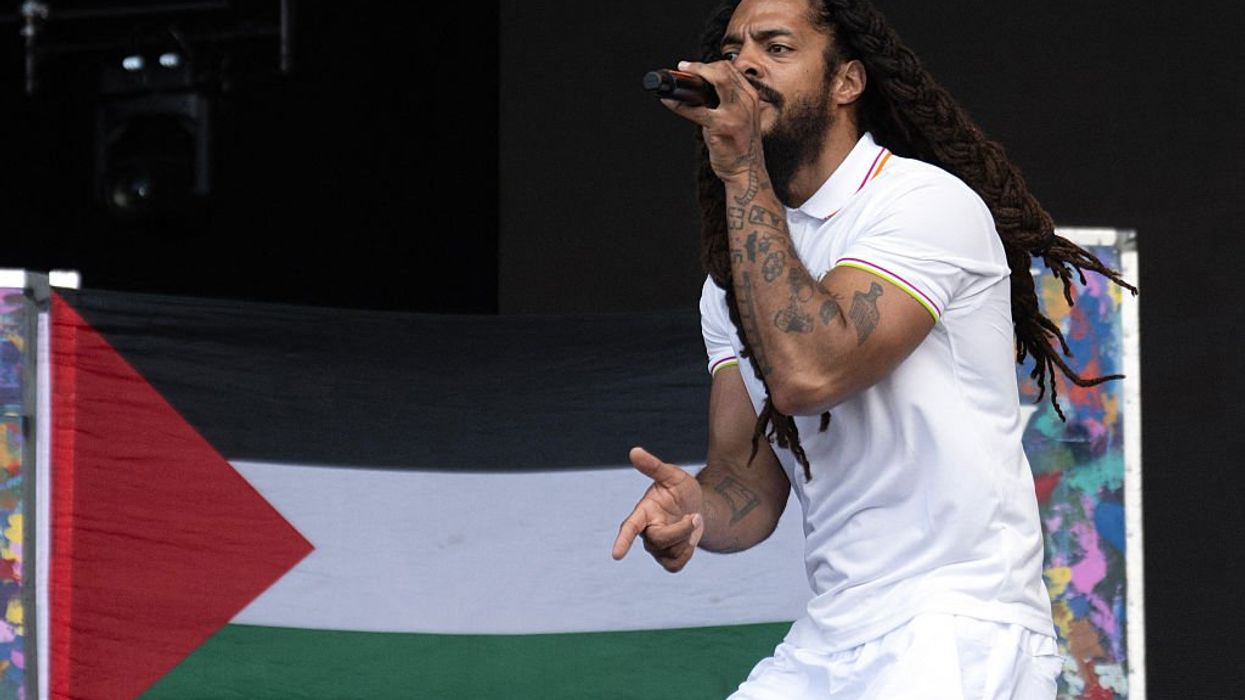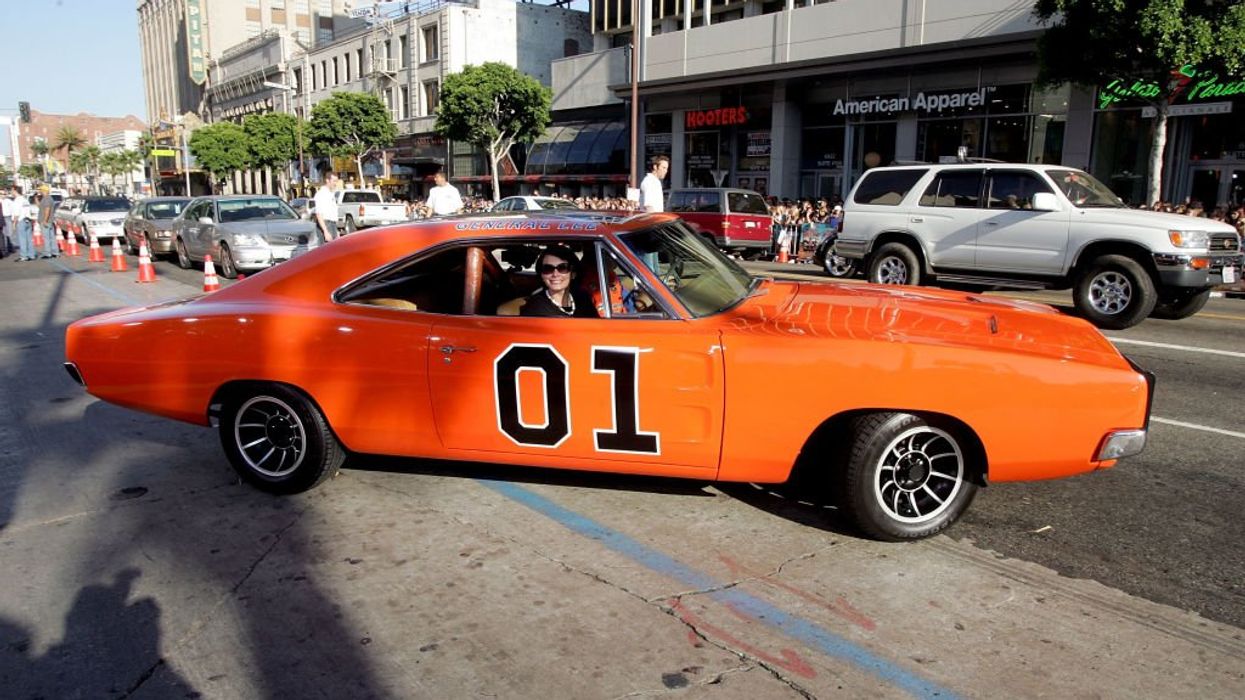
© 2025 Blaze Media LLC. All rights reserved.
North Korea Warns of 'Consequences' as South Korean Evangelicals Erect Christmas Tree Displays Near Border
December 12, 2011
The Stalinist regime views it as a propaganda stunt.
The U.S. has, for years now, been experiencing the effects of political correctness, often manifesting itself most noticeably at Christmastime -- from nativity scenes and Christmas trees being banned in certain public and private arenas, to wiping the word "Christmas" from holiday party invitations, carols, and well-wishes in the workplace. Many Americans consider this assault on the Yuletide a "war on Christmas," and while those who celebrate the season have cause for upset here in the U.S., abroad, in North Korea, the war on Christmas is taking on a whole new meaning.
According to CNSNews, the religious freedom advocacy group Open Doors estimates that there are roughly 400,000 Christian believers in North Korea, and that 50,000-70,000 of them are interned in labor camps. To reach out and provide a beacon of hope for those worshippers oppressed in the Stalinist-ruled North, Evangelicals at Yoido Full Gospel Church in South Korea have erected giant, illuminated steel Christmas "trees" -- complete with stars, snowflakes and topped by crosses -- near the North and South Korea border.
“This is a ceremony for peace on the Korean peninsula and national unity,” church representative Tak Sejin was quoted as saying in Stars and Stripes. “We are doing this with the expectation that someday our people can become one.”
The Christmas tree displays are seen as an affront by the atheist-avowing North Korea, however, and thus threats have been made against South Koreans by the regime:
From CNSNews:
North Korea on Sunday made unspecified threats against plans by Christians in the South to illuminate giant steel Christmas “trees” near the world’s most heavily armed border, warning of “unexpected consequences” resulting from what the Stalinist regime views as a propaganda stunt.The South Korean government has given permission for evangelical groups to light three of the structures for 15 days, beginning just before Christmas, in locations where they will potentially be seen by hundreds of thousands of North Koreans.
One of them, on a high point called Aegibong hill near the western end of the 160 mile-long border, will be within viewing distance of Kaesong, a North Korean city with a population of more than 300,000. The other two will be placed on observation platforms along the border further to the east. [...]
Pyongyang objects both to the religious symbolism, and the implicit display of prosperity visible to citizens of a country where electricity supplies are rationed and power outages – usually blamed on America – are daily occurrences.
“The aim of the conservatives is to provoke us and step up anti-republic psychological warfare through the gambit of lighting the tower,” Pyongyang’s “Committee for the Peaceful Reunification of Korea” Web site said in a bulletin Sunday.
“If the gambit leads to unpredictable results, all responsibilities will be laid on the warmongers of the puppet regime,” it added.
CNS explains that last year was the first time the Aegibong structure had been lit since 2004:
At the time South Korea’s liberal President Roh Moo-hyun was pursuing his predecessor’s “sunshine” policy of rapprochement with the Kim Jong-il regime, a program which many South Korean conservatives viewed as little more than a series of unreciprocated concessions.During summit talks that year, the two governments agreed to halt activities, which for years had included anti-regime broadcasting and the dropping of leaflets – usually by non-governmental organizations in the South. Some groups had floated small radio receivers over the border by balloon, and reports from North Korean refugees later spoke of how important the smuggled radios had been. For many, listening to programs about the outside world had provided the incentive to make an escape bid, they said. [...]
The official ban on the Christmas lights ended in 2010, after North Korea launched a deadly artillery attack on a South Korean island, the first direct shelling of its kind since the end of the Korean War in 1953.
CNS points out that even though North Korea did not make good on any of its threats over the Aegibong Christmas tree last year, South Korea's Defense Ministry will be stepping up security in the vicinity of each Christmas display.
North Korea is a country regarded by many religious freedom advocates as the world’s worst place to be Christian.
Want to leave a tip?
We answer to you. Help keep our content free of advertisers and big tech censorship by leaving a tip today.
Want to join the conversation?
Already a subscriber?
more stories
Sign up for the Blaze newsletter
By signing up, you agree to our Privacy Policy and Terms of Use, and agree to receive content that may sometimes include advertisements. You may opt out at any time.
Related Content
© 2025 Blaze Media LLC. All rights reserved.
Get the stories that matter most delivered directly to your inbox.
By signing up, you agree to our Privacy Policy and Terms of Use, and agree to receive content that may sometimes include advertisements. You may opt out at any time.






